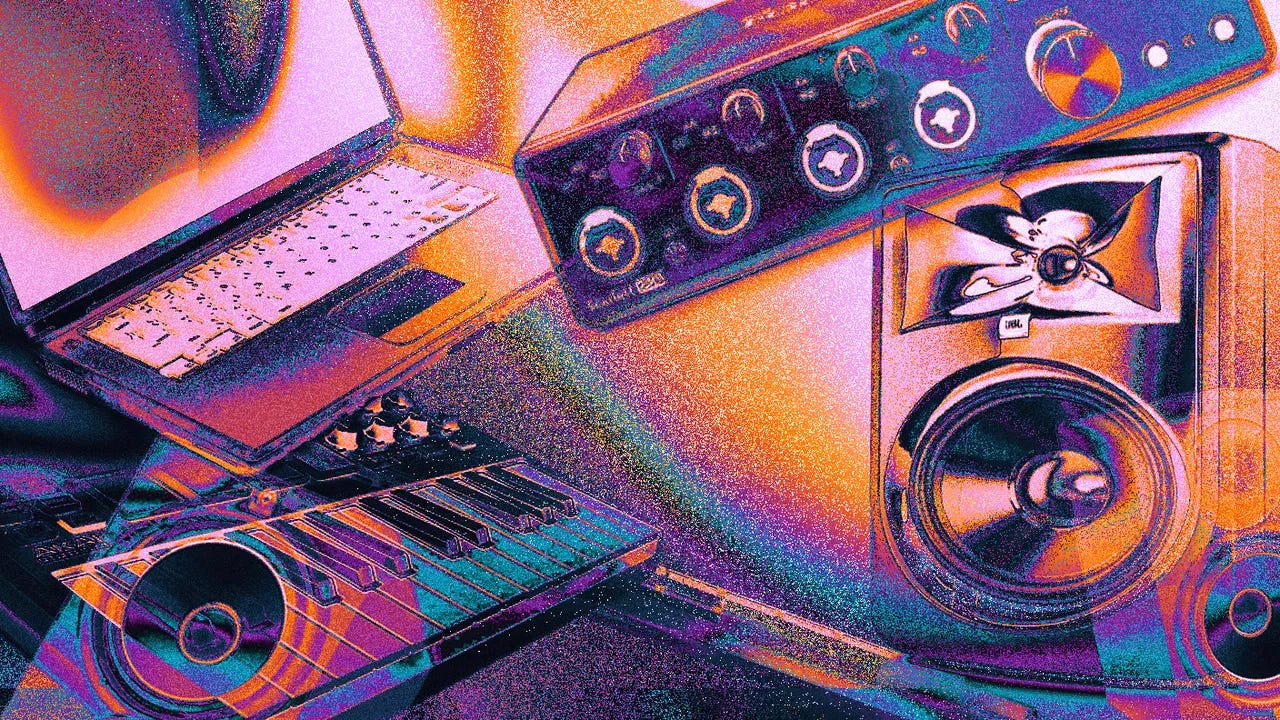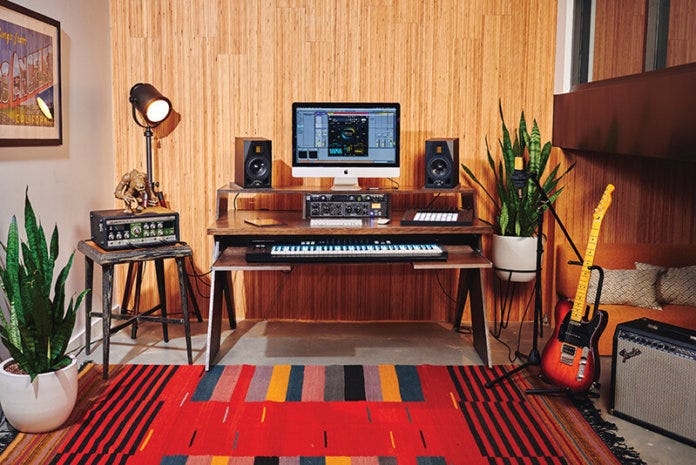Prioritizing Sound Design and Music For Your Podcast
If you’re serious about making a quality podcast, you gotta avoid using generic royalty free music.
I get it. It’s hard when you’re first launching your podcast to focus on anything but the narrative content, but sound design and music will shape the tone and elevate the feel of your podcast. Together, they draw listeners in, keep them engaged, and create a memorable experience. Whether you’re crafting an intro or layering background audio, every sound should serve a purpose.
Your intro is where first impressions happen. Music and sound design work together here to set the stage. For example, a true crime podcast might open with subtle, eerie sound effects like footsteps or distant whispers layered over a minimalist piano. A comedy podcast, on the other hand, might use quick, upbeat music paired with a laugh or quirky sound effect to signal the mood. Keep the intro short—5–10 seconds is ideal. Avoid vocals in the music, as they can distract from your voice. Consistency across episodes builds recognition and reinforces your branding.
Background sound design and music are about enhancing the story without overwhelming it. Music should always sit under your voice, not compete with it. Similarly, sound effects need to feel natural and intentional. For example, a rainstorm sound effect can set the scene for a reflective moment, but it shouldn’t drown out your narration. Match the tone of your sound design and music to the moment in the narrative. Tension-filled moments might benefit from a low drone or sparse soundscape, while upbeat scenes might call for livelier, rhythmic music.
Silence is as powerful as sound. Don’t be afraid to let quiet moments breathe. Pauses without background noise can emphasize key points or reset the mood. Balance is critical—overusing sound effects or music can overwhelm listeners, while too little can make your podcast feel flat.
Finding high-quality, usable audio is essential. For music, explore royalty-free libraries like Epidemic Sound, Artlist, or PremiumBeat. Creative Commons resources such as Free Music Archive and Incompetech are also useful, though licensing rules need careful attention. For sound effects, consider libraries like Soundsnap or Freesound. If your budget allows, hiring a composer or sound designer can give your podcast a polished and distinctive feel.
Editing your audio is where sound design comes to life. Tools like Audacity (free), Adobe Audition (paid), or GarageBand (ideal for Mac beginners) let you fine-tune every element. Layer sounds carefully. Adjust volumes to keep effects and music in the background, with your voice always at the forefront. Smooth transitions between soundscapes prevent abrupt changes that can distract listeners.
Always test your final product. Listen to your episode with headphones and speakers to check the balance of sound design, music, and narration. Ask others for feedback—does the audio enhance the story or distract from it? Are the sound effects subtle yet effective? Is the music too loud or too soft?
Sound design and music aren’t just extras—they’re tools that deepen the listener’s connection to your podcast. When done well, they make your story more vivid and engaging. Use them purposefully, and let them support your voice without overshadowing it.



